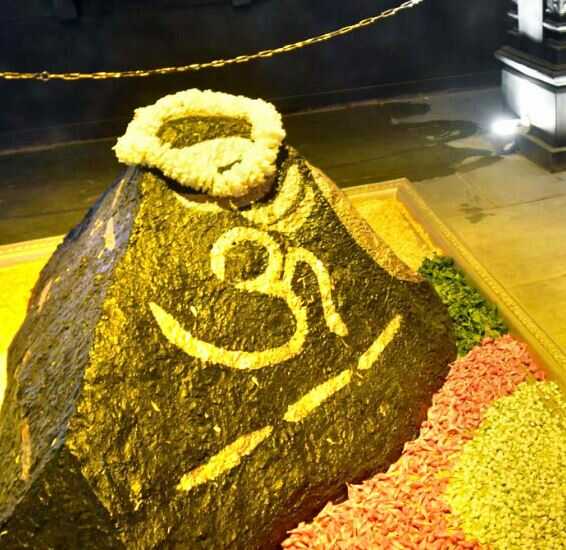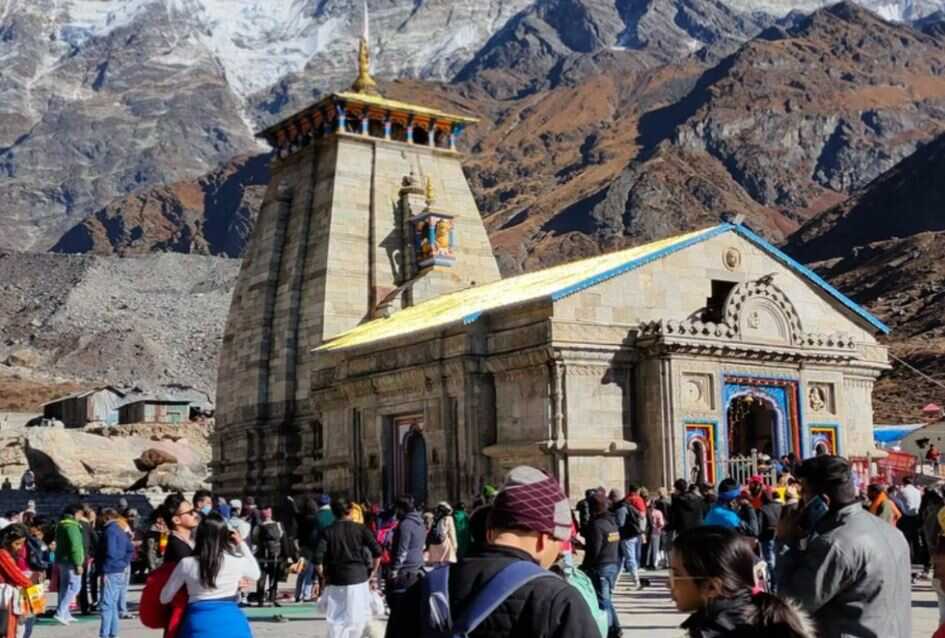The Kedarnath Jyotirlinga is considered to be one of the most sacred shrines in Hinduism and attracts thousands of devotees every year.
Kedarnath Jyotirlinga

Kedarnath is one of the twelve Jyotirlingas in India and holds great religious significance in Hinduism. According to Hindu mythology, Jyotirlingas are the holy abodes of Lord Shiva, and each one is believed to have a unique significance.
The Kedarnath Jyotirlinga is situated in the Rudra Himalaya range of the Garhwal region in Uttarakhand, at an altitude of 3,583 meters (11,755 feet) above sea level. It is believed that the Jyotirlinga was established by Adi Shankaracharya in the 8th century AD.
The Kedarnath temple is dedicated to Lord Shiva and is a popular pilgrimage site for Hindus. The temple is believed to be built by the Pandavas during the Mahabharata era and is also one of the four temples of the Char Dham Yatra.
The Kedarnath Jyotirlinga is known for its spiritual significance and natural beauty, with the temple situated amidst snow-capped mountains and surrounded by lush green forests. The journey to Kedarnath is considered challenging and involves a trek of around 14 km from Gaurikund, but it is also a rewarding experience for the devotees who undertake it.
Kedarnath Shivlingam is known as self-manifested or Svayambhu (स्वयम्भू).
The Kedarnath Jyotirlinga is an important part of Hinduism and attracts thousands of pilgrims every year who come to seek the blessings of Lord Shiva and experience the divinity and natural beauty of the Himalayas.
Kedarnath Story (History)

According to Hindu mythology, the Kedarnath Jyotirlinga has an interesting story behind its origin.
It is believed that after the Kurukshetra war, the Pandavas went to seek the blessings of Lord Shiva to seek redemption for the sins they had committed during the war. Lord Shiva, who was not pleased with the Pandavas, decided to hide from them and took the form of a bull.
The Pandavas chased the bull and finally caught up with it at Kedarnath, where the bull disappeared into the ground. The Pandavas then realized that the bull was none other than Lord Shiva and started to pray to him for forgiveness.
Pleased with their devotion, Lord Shiva granted them his blessings and established himself at Kedarnath in the form of a Jyotirlinga. The temple was then built by the Pandavas to commemorate their encounter with Lord Shiva.
Another legend associated with Kedarnath Jyotirlinga is that the temple was built by Adi Shankaracharya in the 8th century AD. It is believed that Adi Shankaracharya rediscovered the Kedarnath temple, which was buried under the snow, and restored it to its original glory.
Kedarnath temple is located in the Rudraprayag district of the Himalaya range of the Garhwal region in Uttarakhand and is surrounded by natural beauty, making it a popular pilgrimage site and a tourist destination.


